Grow these 18 kinds of flowers in winter to give you a colorful winter that is so beautiful that it will make you scream?
Winter is cold and everything is bleak, but how can a flower grower give up? Even in such bitter cold days, there must be flowers to enjoy!
For flower growers, winter must be colorful and beautiful enough to make you scream!
How can this be achieved?
First of all, the warm southern China rarely has such troubles, after all, these "chosen cities" have no winter. Even if the temperature drops occasionally, it can warm up quickly. When other places are freezing cold, the south is still a paradise for flowers and plants.
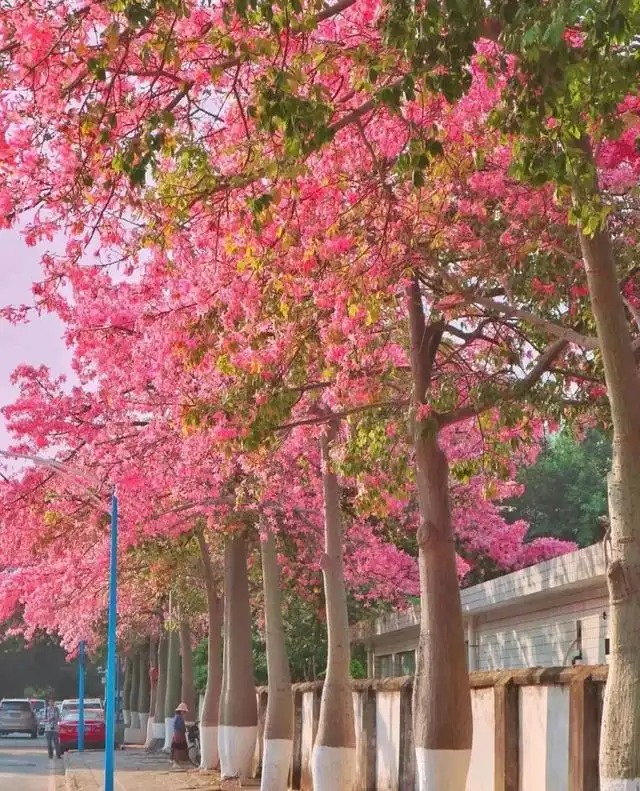
Picture: handsome Lin Meimei lr
Then let's talk about the heating areas in the north and the families who often use air conditioning. Although it is cold outside, it is warm inside, and the temperature is usually above 10℃! As long as you move the flowers and plants indoors in time, it is not a problem to enjoy the flowers and plants.
Here are some flowers that are suitable for indoor maintenance in winter. They have large quantities of flowers, long flowering periods, and are absolutely stunning in appearance!
01
Cyclamen
Flowering period: November to March of the following year
Wintering temperature: above 10℃
Every time we take stock of winter flowers, cyclamen is always included. The title of "Queen of Pot Flowers" is well-deserved!
The flower colors are rich and varied, and the flower shapes are strange and cute. Some are like butterflies flapping their wings about to fly, some are like cute rabbit ears, and there are also three-dimensional and round double-petal varieties, which become the focus of winter with their agile posture.
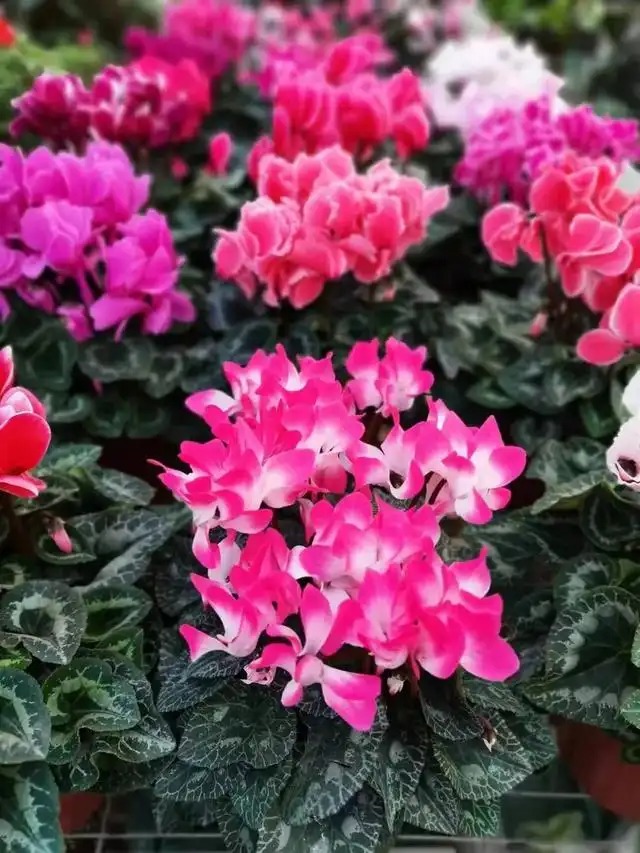
Image: Rocket Green Plants
02
Rieger Begonia
Flowering season: winter and spring
Wintering temperature: minimum 10℃, better above 15℃
Begonia is a very popular winter indoor flower with rich colors, overlapping petals, bright colors, and a beautiful shape when it blooms. If you plant a pot in autumn, it will bloom from winter to spring.
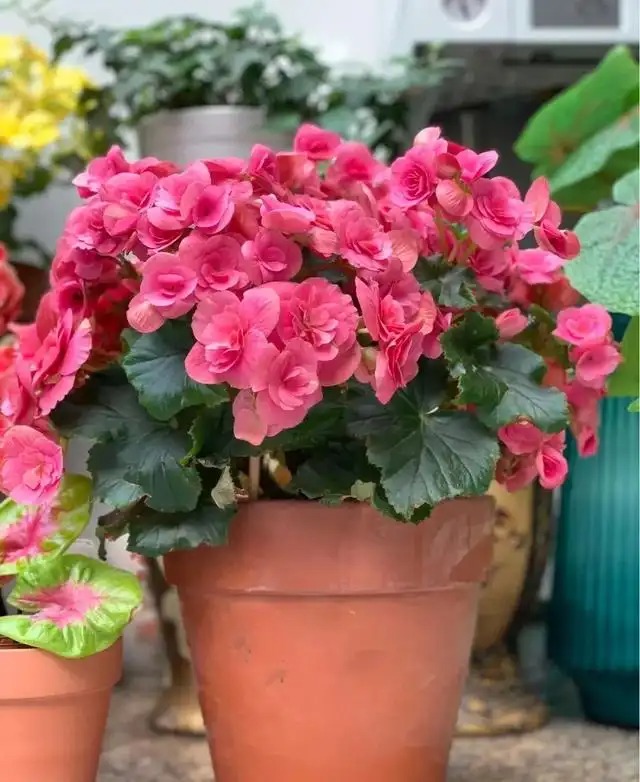
Photo: Pang Pang
03
Jasmine
Flowering period: October to April of the following year
Wintering temperature: minimum 10℃, suitable growth temperature is 15-28℃
A new internet celebrity flower, with slender and soft branches gently hanging down, it is elegant, lively and beautiful.
Each branch is dotted with small and exquisite flowers, some are in bud, quiet and elegant, some have five petals gently blooming, like white butterflies spreading their wings to fly, and the long stamens are like antennae, playfully curled upwards.
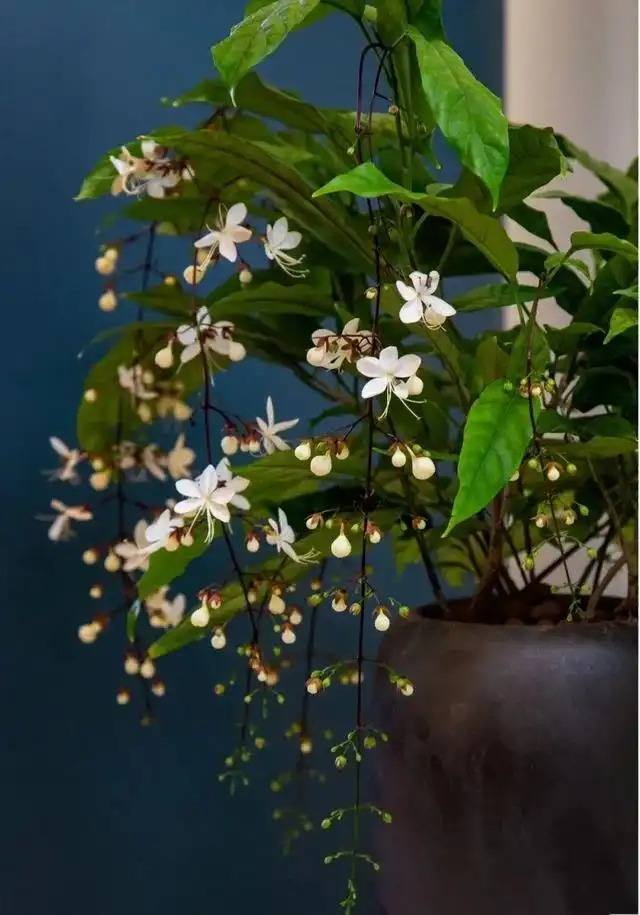
Picture: Love and Time
04
Geranium
Flowering season: Autumn and winter
Wintering temperature: minimum 10℃, suitable growth temperature 15-20℃
There are many varieties of geraniums, many of which can bloom in multiple seasons. If you put a few pots in autumn, they can bloom from late autumn to next spring. In particular, upright geraniums are particularly suitable for balcony maintenance in autumn and winter, with a very high return rate.
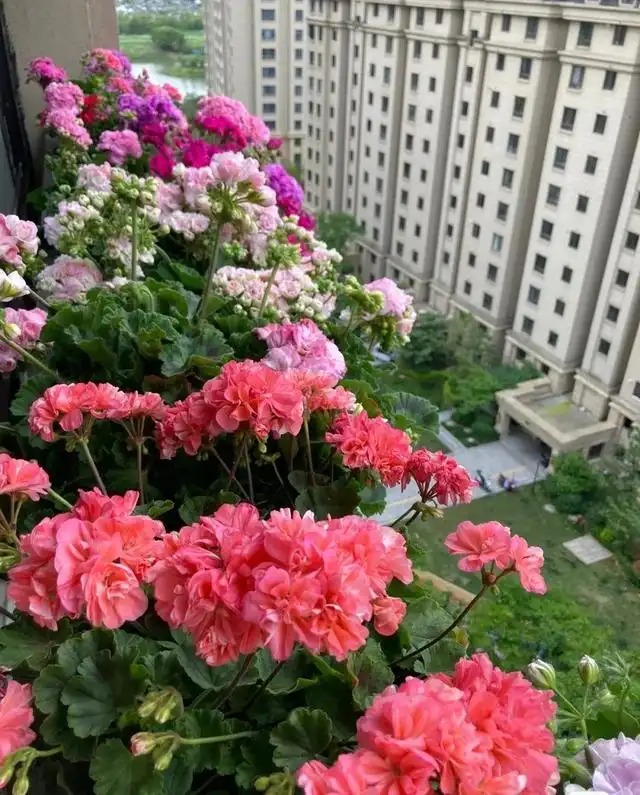
Figure: Daily life of workers growing flowers
05
Phalaenopsis
Flowering season: winter and spring
Wintering temperature: above 15℃
The New Year flower market has been very busy recently, and Phalaenopsis, known as the "Queen of Orchids", is in the limelight and is the most popular New Year flower, without a doubt.
The flowers bloom one after another on the long pedicels, like dancing butterflies, with graceful flowers that are pleasing to the eye. The flowering period is also very long, and a single flower arrow can bloom for 2 months.
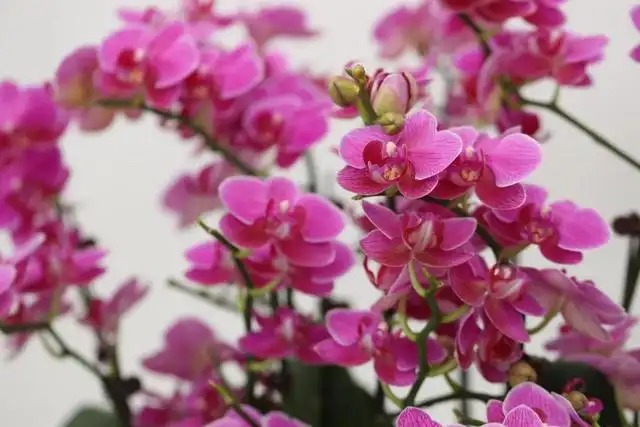
Image: Rocket Green Plants
06
European Primula
Flowering period: December to April of the following year
Wintering temperature: above 5℃, suitable growth temperature 10-22℃
The European primrose is compact and small, very suitable for indoor maintenance. The bright flowers grow among the green leaves, just like a bouquet of flowers. When different varieties of flowers are planted together, they set off each other more brightly and vividly, and the scene is really beautiful!
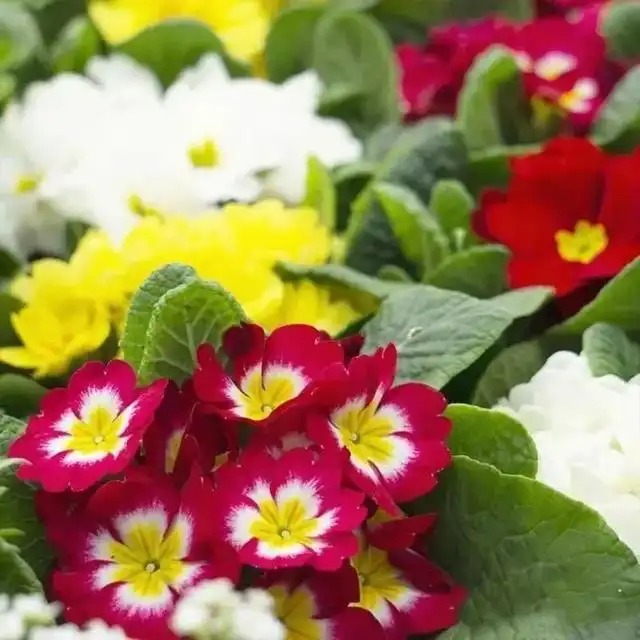
Picture: Small green plant
07
Kalanchoe
Flowering period: December to April of the following year
Wintering temperature: above 5℃
The Kalanchoe plant is compact and lush, and the flowers easily fill the pot when in bloom. Common flower colors include red, pink, yellow, and even multi-colored varieties, which have changed the image of "local flowers" in the past and are so beautiful that people can't recognize them. Its flowering period is around the Spring Festival, and it has auspicious meanings, so it has become a popular New Year flower.
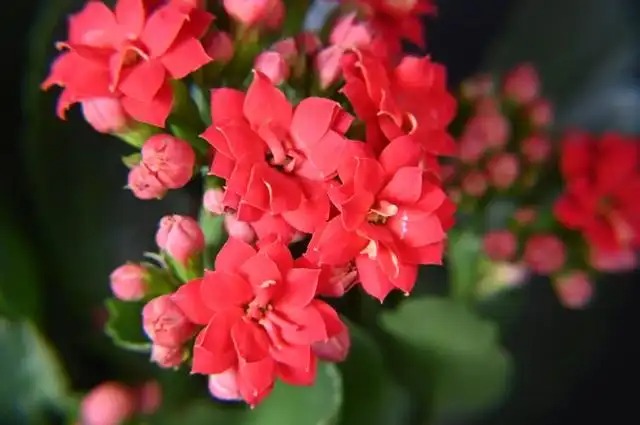
Image: Rocket Green Plants
08
Clivia
Flowering season: winter and spring
Wintering temperature: above 10℃, slightly higher during the day
The name of Clivia is very literary, and its beauty is well deserved. The narrow and long leaves are green and shiny, and the bright flowers are elegant and beautiful, with outstanding temperament. Put a pot of it at home during the Spring Festival, and the clusters of flowers will bloom lively, and the festive atmosphere will be even stronger.
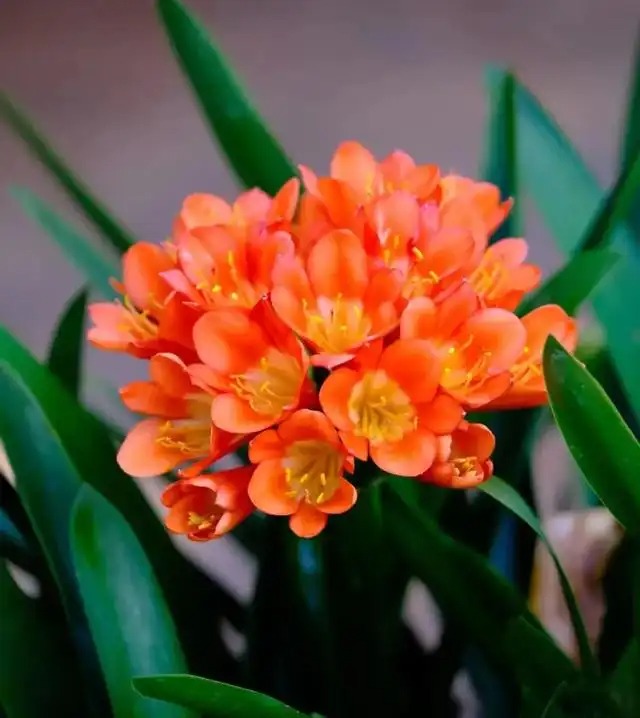
Photo: I love taking pictures of flowers
09
Daphne
Flowering period: The natural flowering period is from March to May. It can also bloom in winter if properly maintained.
Wintering temperature: above 5℃, suitable growth temperature 15-25℃
Daphne is an evergreen shrub with several varieties, the most popular of which is the Golden Edged Daphne, named after its leaves with golden edges. The buds of Daphne are red, and turn pale pink when they bloom. Several or dozens of small flowers bloom in clusters, dotted among the green leaves, elegant and moving, and with a strong floral fragrance.
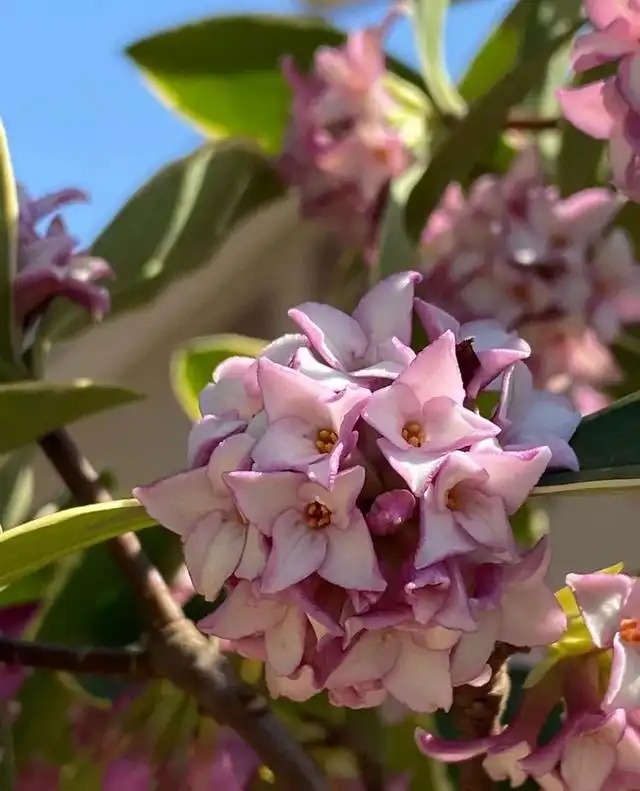
Picture: If the breeze
10
Cineraria
Flowering period: The natural flowering period is spring and summer. By adjusting the sowing time and maintenance environment, it can bloom all year round.
Wintering temperature: above 10℃, preferably around 15℃
Cineraria is a plant of the genus Cineraria in the Asteraceae family. It is named because its leaves look very similar to the leaves of melons such as loofah and cucumber. The flowers bloom densely at the top of the lush branches and leaves, with bright colors and a long flowering period, making it very suitable for indoor maintenance in winter.
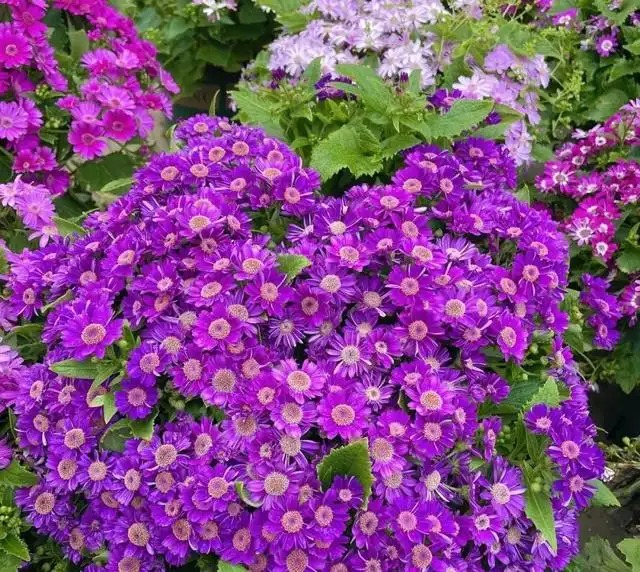
Photo: No. 59 Nanmen
11
Wax-sealed Amaryllis
Finally, let me introduce a novel and unique winter flower - Amaryllis.
A brand-new maintenance method, you don’t need to do anything, no need to bury the bulb, no need to water, no need to fertilize... just give it a warm growing environment, and it will der~der~sprout flower swords, and bang bang bloom with gorgeous big flowers.
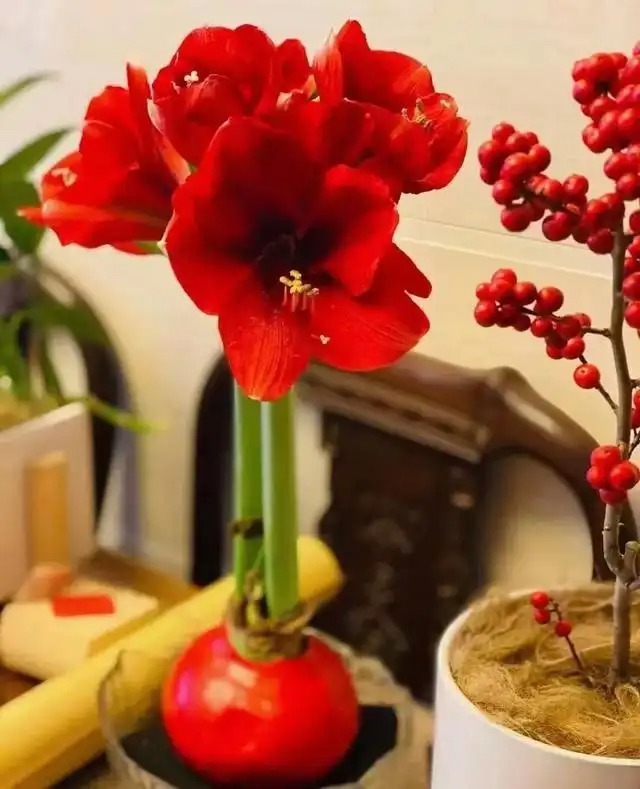
Picture: I am Muzi
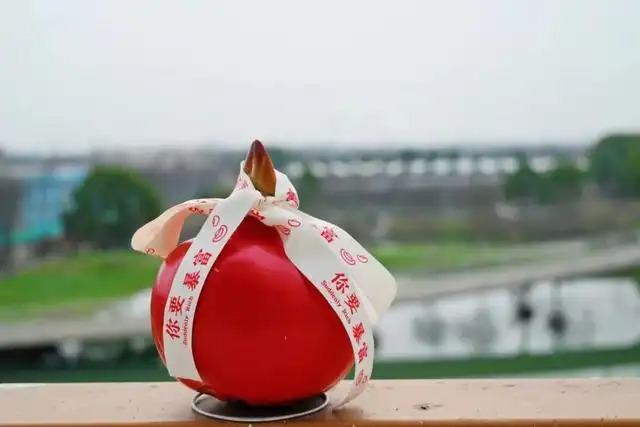
Real photos of Rocket Green Plant products
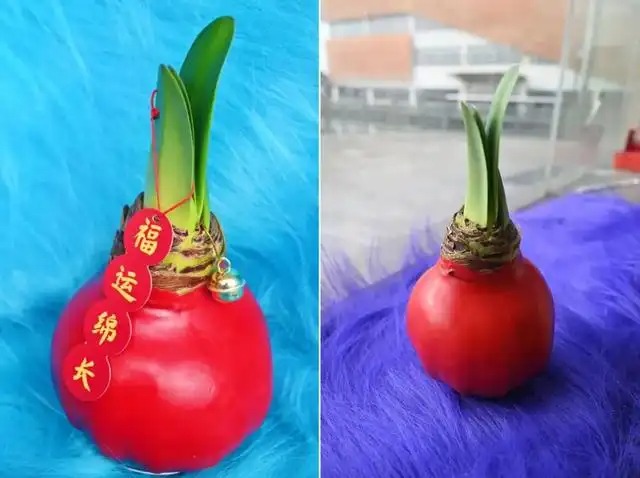
Real photos of Rocket Green Plant products
Some flower lovers asked, although these flowers are beautiful, they don’t seem to be cold-resistant! People who don’t have heating and are reluctant to turn on the air conditioner often, don’t they deserve to grow flowers in winter?
Not really.
Although there are fewer choices, there are still a few types of frost-resistant fairy flowers.
01
Pansy
Flowering period: December to April of the following year
Wintering temperature: can withstand -5℃, suitable growth temperature is 10-15℃
No one can resist the pansy in winter. Not only does it have a huge number of flowers, it blooms in clusters, and it is super cold-resistant. Except for the northern regions, it can survive the winter outdoors in most areas. However, indoor maintenance will help it bloom!
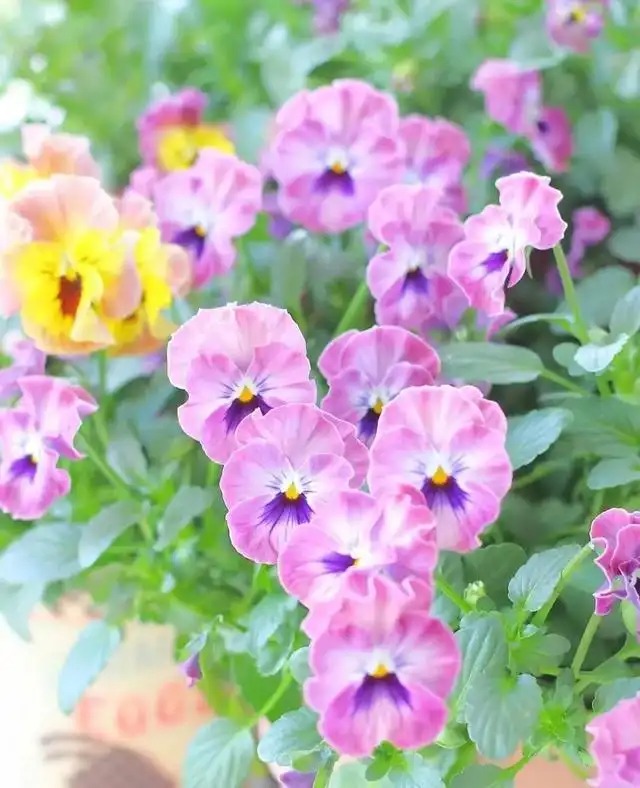
Image: Hello Caterpillar
02
camellia
Flowering period: October to May of the following year, peak flowering period from January to March
Wintering temperature: Can withstand short-term low temperatures, preferably above 5°C
The cultivation of camellia can be traced back to the Shu Han Dynasty. Over the past thousands of years, camellia has been very popular with people due to its numerous varieties, high appearance and strong resistance. Most camellia varieties are relatively cold-resistant and can naturally overwinter in areas south of the Huaihe River.
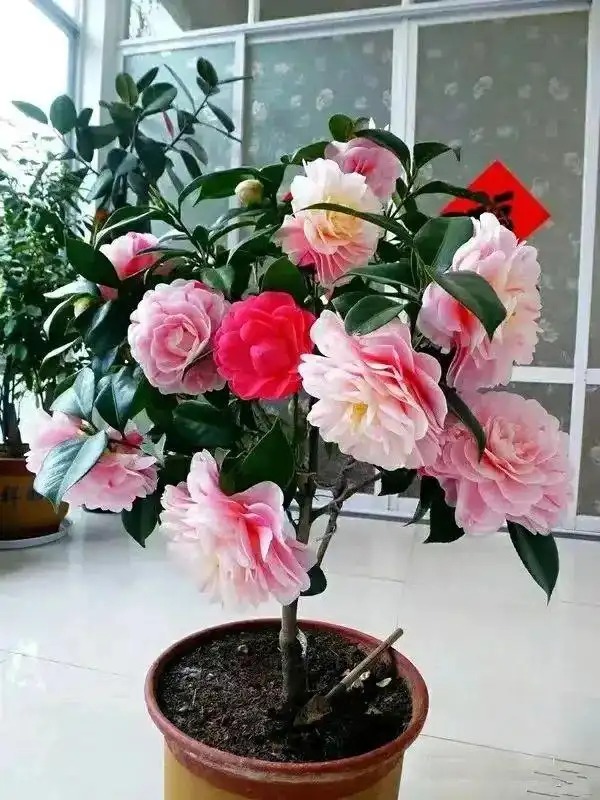
Photo: New Sunshine Organic Fertilizer
03
Iron chopsticks
Flowering period: December to March of the following year
Wintering temperature: can withstand -10℃ low temperature, can winter outdoors in most areas
The little fairy who is particularly resistant to cold, the beauty of the winter garden! The rich colors make it more beautiful, red, white, green, yellow, pink, purple and black, and it may even be playfully dotted with freckles or a circle of eye-catching lace.
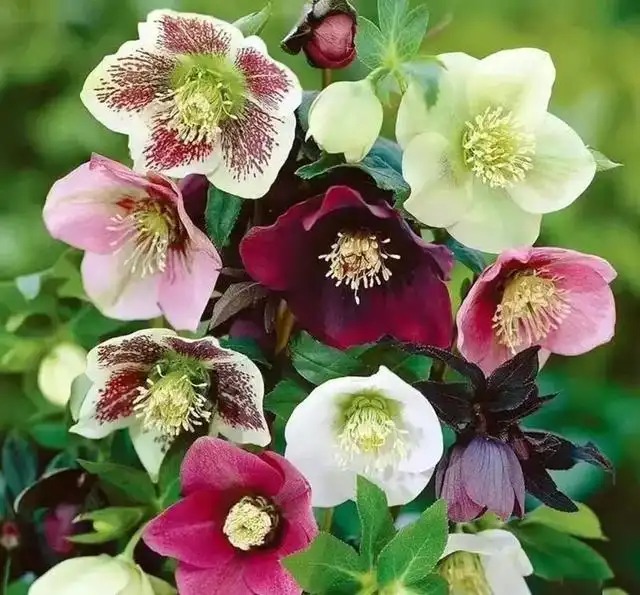
Picture: The Lost Lamb
04
Wintersweet
Flowering period: November to February of the following year
Wintering temperature: can withstand -15℃ low temperature, can winter outdoors in most areas
Friends who have a garden must plant a wintersweet in the corner. Although it is not dazzling, it is elegant. In your spare time, you can also cut a few branches, put them in a vase and place them on the desk, filling the room with fragrance and making you feel relaxed and happy.
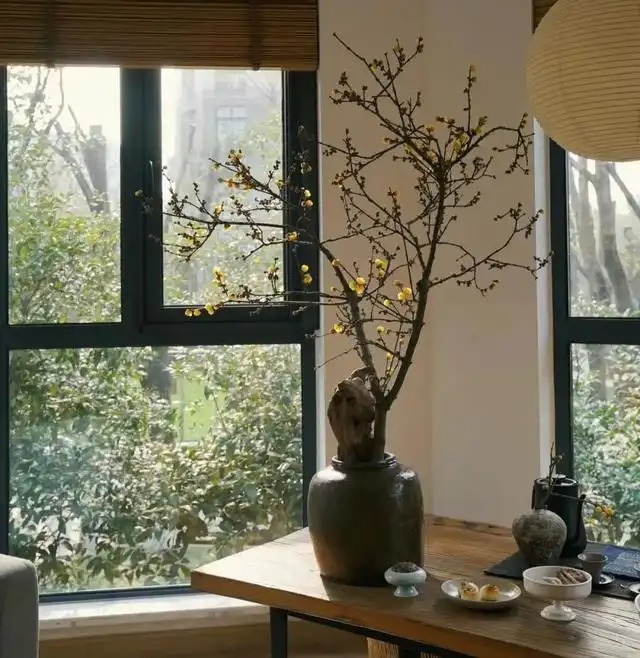
Picture: Yamajin’s boring daily life
05
Kale
Best time to see: December to April
Wintering temperature: -5℃, can even withstand short-term low temperatures of -12℃
At first glance, kale looks like an upgraded version of cabbage, with leaves opening up in circles, like a blooming peony, hence the name "leaf peony". The leaf color is rich and varied, gorgeous and eye-catching, with the edges showing emerald green, yellow-green, blue-green and other colors, and the inner leaves are relatively fresh and bright, with various colors such as yellow, white, red, pink, rose red, purple red, and clear gray, which is even more beautiful than flowers!
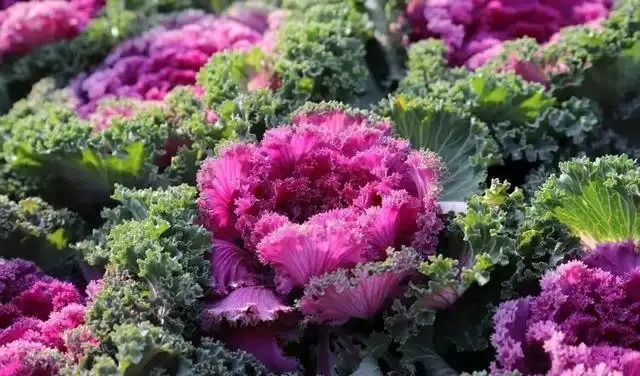
Picture: Arsonist
06
Alum root
Wintering temperature: can withstand -15℃ low temperature, can also winter outdoors in Northeast China
The alum root has always lived up to the title of "the palette overturned by God". Its leaves are colorful, with a velvety texture under the sun, and the deep and shallow veins are very charming. Under different temperatures and different environments, it will also show different color changes.
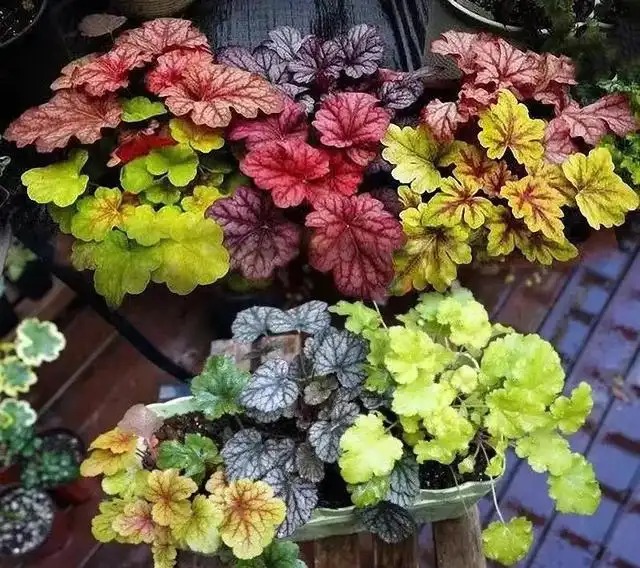
Photo: mila_zhuang
07
Holly
Wintering temperature: can withstand -20℃ low temperature, no pressure in winter
In late autumn, the berries of the North American holly begin to turn red. In winter, when the leaves fall off, clusters of bright red berries densely cling to the branches, becoming the warmest and brightest color in winter.
Whether planted in the garden or in indoor potted plants, or as fresh cut branches in a vase for viewing, they are all very bright and eye-catching, a feast for the eyes.
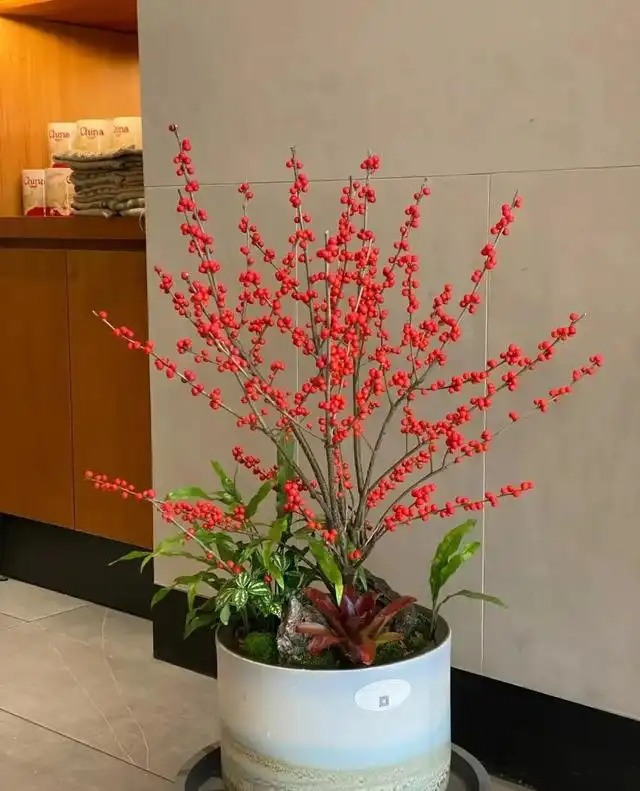
Picture: Snail
Look at these colorful colors, how many do you have?